Designing Freshwater Monitoring Programmes to Detect Early Improvement
We have prepared a guidance document summarising the work of the Monitoring Design and Monitoring Technologies working groups, which developed proof-of-concept resources to help regional councils, government and multi-agency catchment groups design monitoring programmes that will measure the effectiveness of actions to improve freshwater.
New Zealanders share an understanding that, like people, our rivers have the right to be healthy and safe (te mana o te wai). We all want rivers our children and grandchildren can grow up swimming in, like our ancestors did.
Many people who farm, community and iwi groups, and people working as part of the Jobs for Nature programme are taking action to improve freshwater quality, through activities such as stream fencing and planting, wetland restoration, and changes in farming practice.
Monitoring the collective effect of these activities on water quality has not been standard practice in New Zealand – but it is now urgently required. In 2020, the government introduced regulations that aim to improve the quality of New Zealand’s fresh water within five years and restore freshwater ecosystems to a healthy state within a generation. The policy package requires water quality trends to be monitored over time, and tasks regional councils with establishing monitoring methods.
For this to happen, we need to fill some critical gaps and shortcomings in our current monitoring methods and networks. People in regional councils need a framework to help them design monitoring programmes that will measure the effectiveness of actions to improve freshwater, and to help them select appropriate monitoring technologies that enable early detection of improvement.
These monitoring programmes will give people taking action on the ground information on successes and failures of past actions, helping them prioritise the most effective actions to improve freshwater quality, so our rivers more quickly return to good health.
2024 update: A research programme, Monitoring Freshwater Improvement Actions, was developed following the completion of work by the two working groups mentioned in this article. Additional resources produced between 2021 and 2023 can be found at the project website, Monitoring Freshwater.
Read more in Guidance: Designing Freshwater Monitoring Programmes to Detect Early Improvement (8-page PDF), including a recommended 5-step process for monitoring the effectiveness of actions to improve freshwater
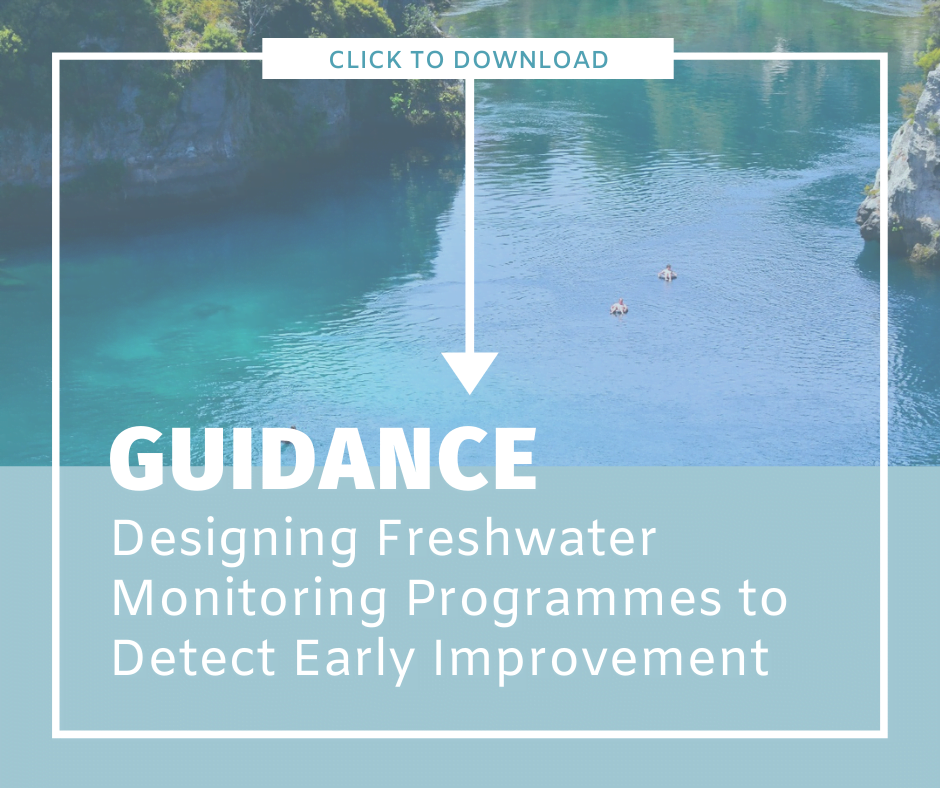
Considerations For Designing Freshwater Monitoring Programmes
- Monitoring programmes must detect early improvement. The people working to improve water quality need more immediate feedback about the effectiveness of their actions. This feedback can become part of a cycle where successes and failures are understood, increasingly effective plans are then developed, and this greater confidence leads to increased implementation. The current absence of feedback risks encouraging ineffective restoration projects and plans, or uninformative evaluations.
- We need more than ‘State of the Environment’ monitoring. In New Zealand we tend to rely on existing monitoring networks, such as ‘state of the environment’ monitoring, that provide long-term datasets. These networks were not designed to detect early change or measure the effectiveness of a specific mitigation or restoration activity, and are often at a spatial scale that cannot establish whether a change was caused by an intervention. Mitigation and restoration activities take place at multiple scales by a diverse range of people who are often interested in a wider range of outcomes and attributes than are measured by ‘status quo’ monitoring.
- Regional councils need to adopt new technologies. People in regional councils generally have ample knowledge about the monitoring technologies available and are enthusiastic about possible novel technologies, though this varies by council. Novel technologies are needed to enable earlier detection of freshwater improvement. This research developed a ‘proof-of-concept’ comprehensive inventory of freshwater improvement monitoring technologies that linked a total of 47 attributes to 171 current and emerging monitoring technologies (access available on request).
- New technologies must have high-quality guidelines for use. To be adopted for use by regional councils, new technologies must be proven, be economical, and have guidelines or standards for their use. Crucially, they must also be defensible for long-term planning and must be acceptable as evidence in statutory resource management processes. Until novel technologies can reach those benchmarks, councils will tend to stick to traditional approaches.
What is Required to Implement Improved Freshwater Monitoring Programmes in New Zealand?
The two working groups identified requirements for further work that will be necessary to develop a fully functioning tool to guide the development of freshwater monitoring programme that enable regional councils (and others with responsibility for Aotearoa’s fresh water) to detect early improvement in water quality.
- Ensuring the integrity of Te Mana o Te Wai (a third working group is currently developing guidance)
- Simplified interface for end-users
- Mātauranga Māori monitoring
- Further guidance on monitoring technologies
- User-ready decision support tools
- Integration with FEPs
- Integration with modelling
Find more information on each of these requirements in Guidance: Designing Freshwater Monitoring Programmes to Detect Early Improvement (8-page PDF)

More information:
- Ausseil, O., Clapcott J.E., Etheridge Z., Hamilton D., Linke S., Matheson F., Ramsden M., Ruru I., Selbie D., Tanner C., Whitehead A., Bradley A. (2021). Measuring the benefits of management actions: Mitigation effectiveness Monitoring Design, Proof of Concept development phase. Our Land and Water National Science Challenge, New Zealand
- Rogier Westerhoff, Richard McDowell, James Brasington, Mark Hamer, Kohji Muraoka, Maryam Alavi, Richard Muirhead, Abigail Lovett, Ian Ruru, Blair Miller, Neale Hudson, Moritz Lehmann, Maiwenn Herpe, James King, Magali Moreau, Olivier Ausseil (in pre-press, 2021). Towards Implementation of Robust Monitoring Technologies alongside Freshwater Improvement Policy in Aotearoa New Zealand. Environmental Science and Policy – available on request
- Ross Monaghan, Andrew Manderson, Les Basher, Raphael Spiekermann, John Dymond, Chris Smith, Hans Eikaas , Richard Muirhead, David Burger, Richard McDowell (2020). Quantifying contaminant losses to water from pastoral land uses in New Zealand II. The effects of some farm mitigation actions over the past two decades. NZ Journal of Agricultural Research
Author
One response to “Designing Freshwater Monitoring Programmes to Detect Early Improvement”
Hi
First of all, I must congratulate you on the detailed documents and tools that have been developed on this website.I would like to pose a friendly question to address issues in Canterbury and no doubt other areas as well to expand the drivers form Pollutant / drivers P38.
If you change Pollutant / drivers to degradation elements it then enables you to consider flow removal as a driver.
If you expand the secondary response variables to include the river and riverbed it enables a more holistic view of the instream response as well as the water edge where the majority of biodiversity exists in and around the water edge.
if you expand tertiary the response variables to include birds, insects, terrestrials etc ie it then encompasses the biodiversity of the whole water body for people to appreciate the linkages between them.
It would enable people to understand the impacts drivers for all rivers streams and lakes. Particularly braided rivers as well. Quite often its flow reduction that has a greater impact biodiversity as it then intensifies the impacts of all the other drivers. On a big river vs a small one’s pollutants have a smaller impact simply due to the size difference of water volume between them..
 View Our Strategy Document 2019 – 2024
View Our Strategy Document 2019 – 2024
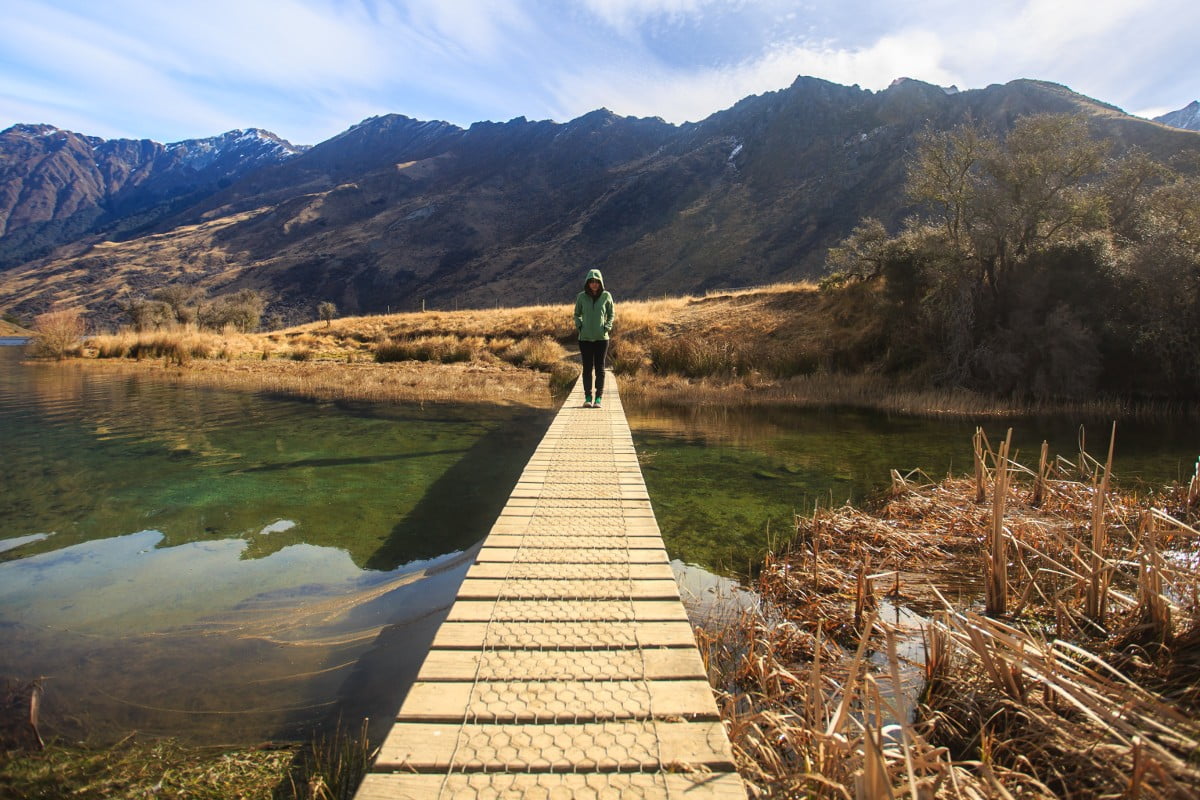
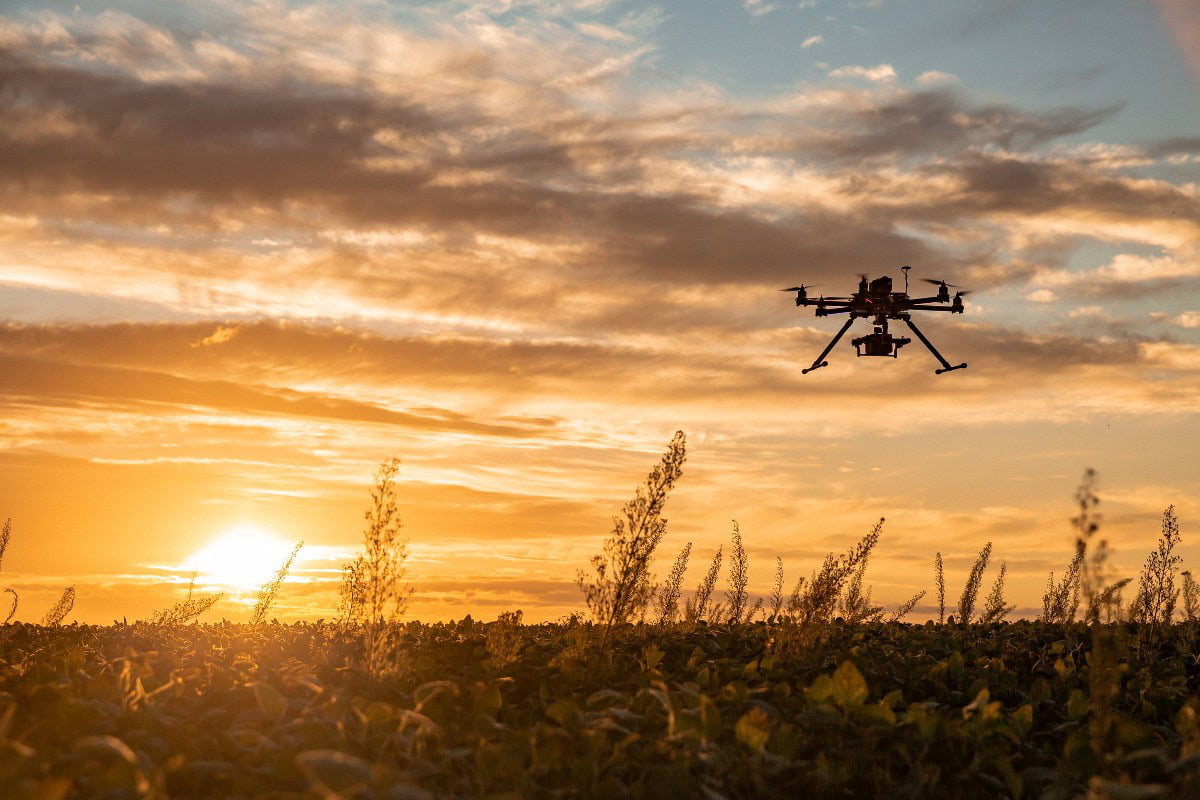
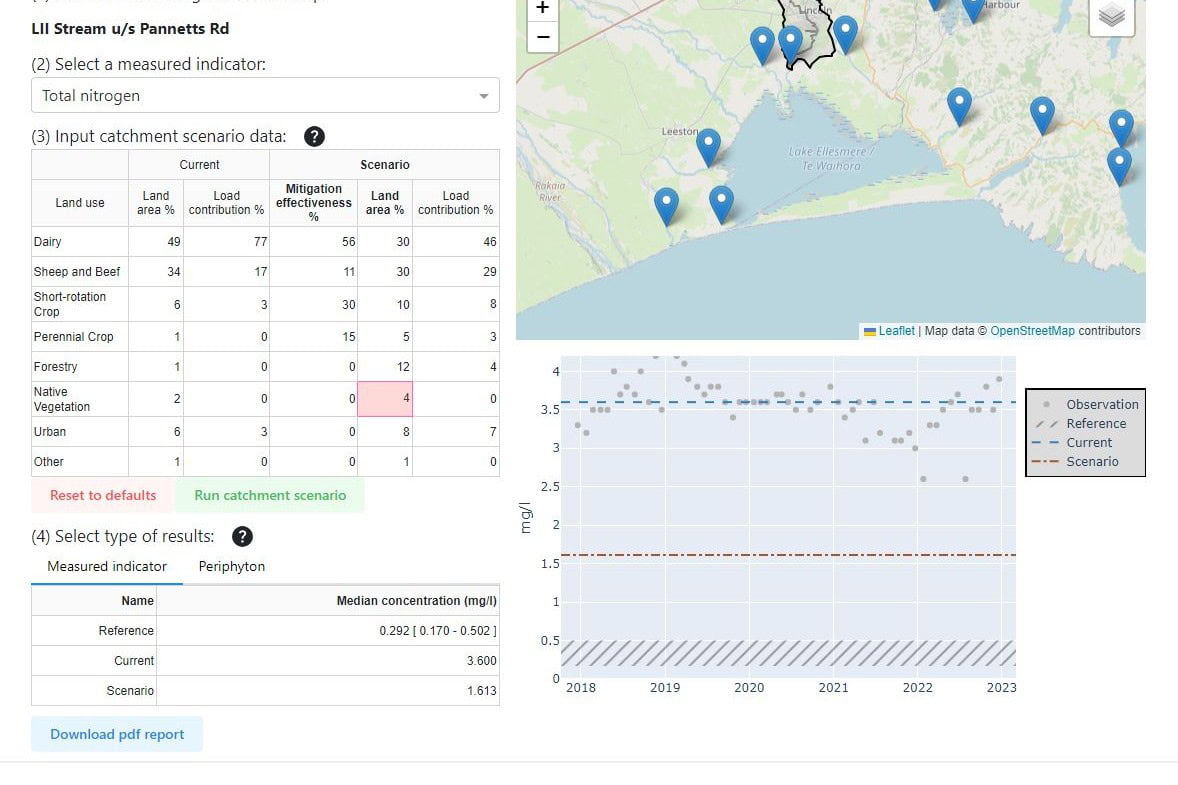
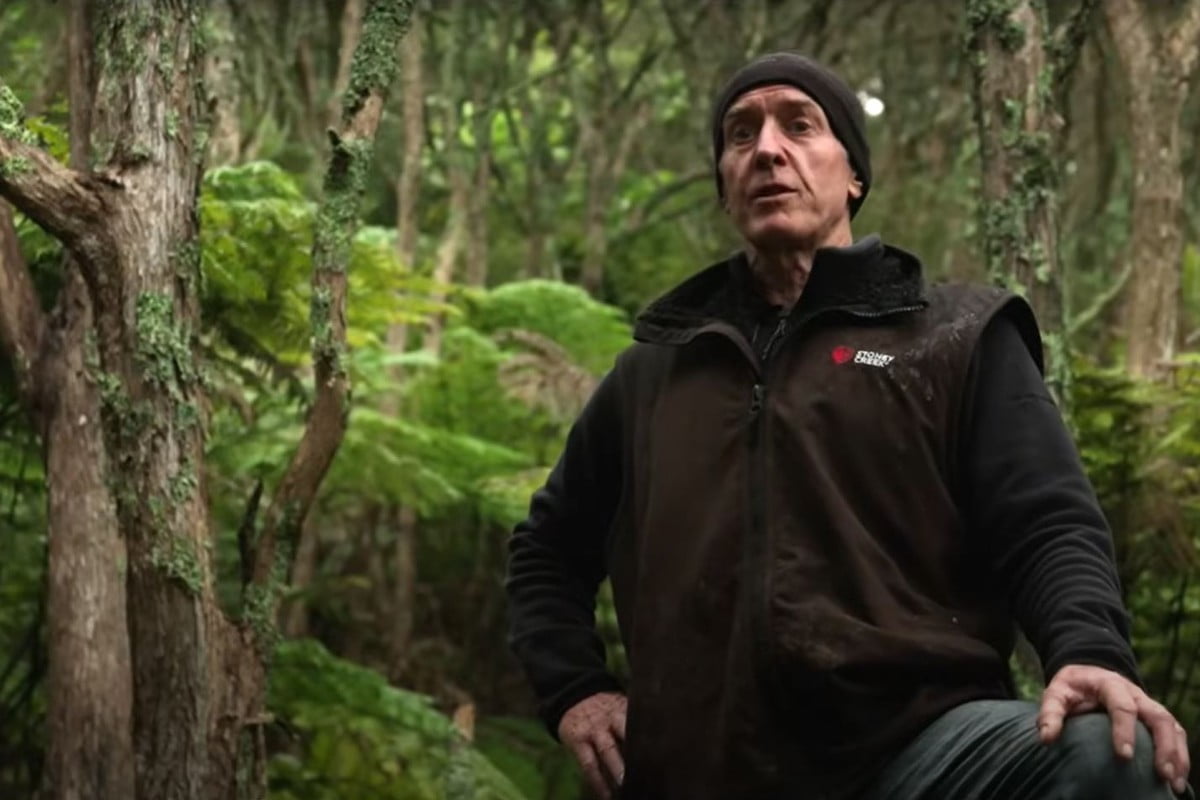
Leave a Reply